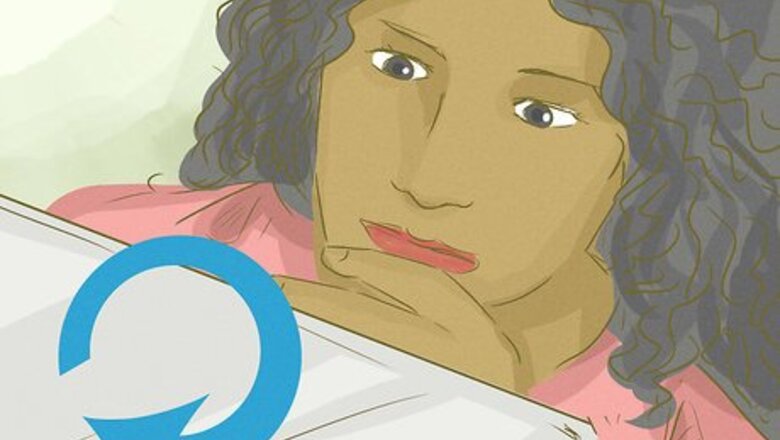
views
Looking for Campaigns

Be careful of search engine results. Some of the most famous autism groups, such as Autism Speaks, do not actually have autistic people's best interests in mind. A search engine may be able to find you some groups that autistic people support, but it will also find many that they say are harmful. Don't assume that a group supports autistic people just because it's up high in search results, or has a nice-looking homepage. Be careful of fundraisers for autism. Just because your favorite rock star—even if she's autistic or has an autistic child—supports a particular autism charity doesn't always mean it's really helping autistics.

Check the sidebars of prominent autistic writers' blogs. Writers such as Cynthia Kim, Ariane and Emma Zurcher, Amy Sequenzia, and others will share links to organizations that they find supportive.

Pick up recommendations from the autistic community. Try using the #AskingAutistics hashtag to ask which campaigns and groups are most helpful. This way, individual autistic people can share their experiences and give you starting points.

Check out partner organizations. If you find one good group, check to see if it has partnered with other autism organizations, or what other projects its leaders are involved in.
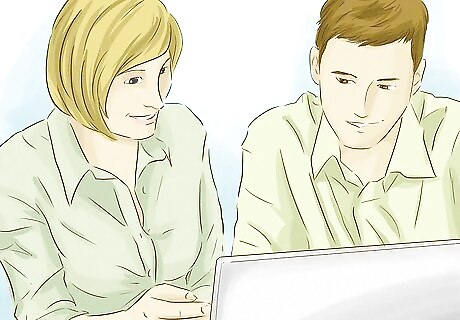
Notice what events autistic writers and autism organizations mention. They may bring up things like Autism Acceptance Month and Autistic Pride Day, and mention groups that are hosting positive events. Sometimes they may discuss harmful events, like Autism Awareness Month.
Evaluating Campaigns

Observe the language used. A helpful autism organization is one that cares about autistic people and their opinions. It avoids overly negative language. Look for negative or inaccurate language like: Calling autism an epidemic, affliction, tragedy, burden, disaster, urgent crisis, etc. Calling people "high-functioning" or "low-functioning," or using the false dichotomy of "mild" and "severe" "Person with autism" or "has autism" instead of "autistic person" or "is autistic" Using over-medicalized and pathologizing language to describe autistic people and traits (e.g. calling autism a "disease" or "disorder", calling autistic behaviors "challenging" or making autism out to be a collection of "deficits" Calling autistic people "inspiring" for doing basic things or saying that success means "overcoming autism" Constant references to "autism parents" or "autism families," making a family member's autism part of a neurotypical's identity
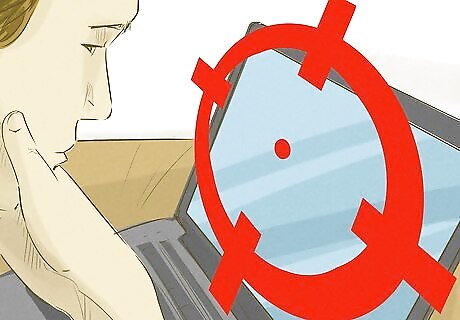
Look for other red flags that autistic people are not treated as equals. Some autism organizations prioritize the feelings of sad parents while speaking over autistic people and parents who aren't mourning their children's diagnoses. Treating parents like martyrs or tragic figures, including parents who abuse, think about murdering, or actually murder their children Focusing on the needs of children and their parents while ignoring the needs of autistic adults Failing to recognize the needs or existence of autistic parents of autistic children Treating autism like a child-stealing miasma, demonic possession situation, or other supernatural threat instead of an everyday reality

Take a look at the imagery used on the website. This is not a perfect indicator, but can give you an idea of the website's focus and attitude. Child-centered imagery suggests that autistic adults are probably sidelined and silenced, and despair-ridden photographs suggest that the site amplifies autism stigma. Puzzle piece or highly childish imagery Focus on white cisgender young boys, ignoring other autistics Images of crying, forlorn, or trapped children/parents as a metaphor for autism Many sad black-and-white photos

Notice which organization is sponsoring the campaign. Are there people calling the organization evil, exploitative, silencing, or a hate group? Are autistic people organizing protests or boycotts against it? Does it undergo frequent criticism regarding ethics? Does the organization partner with scams or cruel organizations?
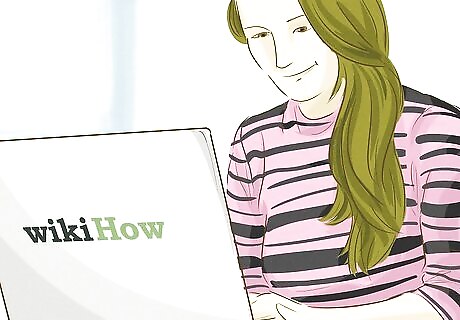
Look for the involvement of autistic people. Autistic people should be the primary voices in the autism conversation. An easy way to find this is to notice if the organization declares itself to be run partially or completely by autistic people, or if its leaders' bios mention that they are autistic. Parents of autistic children are not the same as autistic adults.

Consider the treatments that the group promotes. Are they looking for a cure, or for ways to make autistic people's lives more comfortable? Do they promote compassionate and evidence-based therapies that focus on improving skills instead of stamping out signs of autism? Has anyone died from the therapies or ideas they promote? Uncritical support of applied behavior analysis is a red flag due to the many stories of abuse and the concerns about it causing PTSD. A good organization will take these concerns seriously and advise caution. Some organizations advertise scams. Well-known scams include Miracle Mineral Supplement (MMS), chelation therapy, hyperbaric oxygen therapy, lupron injections, and holding therapy.
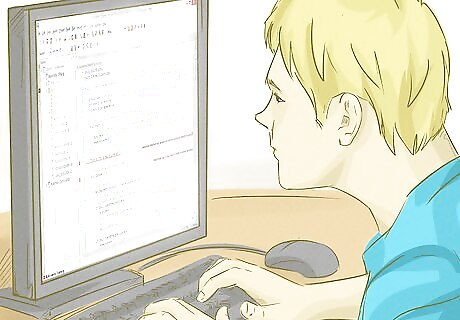
Look for its position on human rights. A helpful autism organization should address the clear human rights problems, such as abusive aversives and restraints, discrimination, caregiver murders, sufficient funding, and other issues. Be wary of any organization that states that ending child abuse is too political or that murder is understandable.

Notice whether it advocates for acceptance or stigma. Groups that stigmatize autism will describe autism as a life-destroying tragedy, and focus on how "difficult" it is for parents of autistic children. This can hurt the self-esteem of autistic children and adults. A group that advocates acceptance will include autistic voices, improve the self-esteem of autistic people, and focus on making the community more accepting and inclusive as a whole.
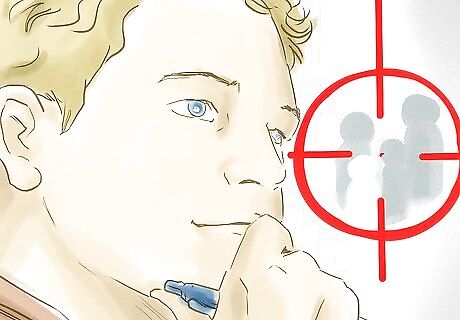
Watch for trigger warnings during your research. Some groups support eugenics, torture, and abusive therapy. The material may be graphic, and you may experience nightmares or difficulty keeping it out of your thoughts. Assume that when someone says content is highly disturbing, they mean it. When reading a trigger warning, stop for a moment or two to assess your emotional state. If you feel that you are in the frame of mind to deal with it, then continue. Some articles about restraint and seclusion, the Judge Rotenberg Center, compliance therapy/ABA, and aversives may contain graphic photographs of burns and wounds on adults and children.
Starting a Campaign

Learn about autism. It's important to know the basics before you start trying to make a difference. Listening to autistic voices will help you understand what the needs are, what hurts, and what helps. Make sure that you are supporting all autistic people—nonspeaking autistics, late-diagnosed autistics, autistics of color, AFAB autistics and autistic girls ("mostly cis boys" is a myth), LGBTQ+ autistics, autistics with cognitive disabilities, autistics with unusual behaviors, etc.

Ask autistic and other disabled people about what would help them. Consider voices both in your local area, and on the internet. They can help you understand where needs are.

Ask to bring pre-established autism events to your community. For example, ask your school to celebrate Autism Acceptance Month, or for your town to celebrate Autistic Pride Day. You can reach out to organizations for resources.

Discuss inclusion and accessibility within your community. Is the environment autistic-friendly (understanding, flexible, not too loud, etc.)? Are autistic people given extra support so they can have equal opportunity? Does your school or workplace provide appropriate accommodations, and help autistic people figure out what they need?

Try doing a fundraiser for an autism charity. Once you have found helpful organizations, you might want to run a fun event to raise money for them. Try starting an autism acceptance walk, bake sale, art event, or other activity.
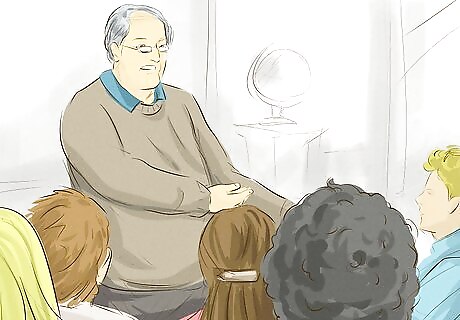
Consider an education campaign. Do people know how to approach an autistic person, help with sensory issues, and respect behavior that looks different? Understanding can combat stigma and exclusion.
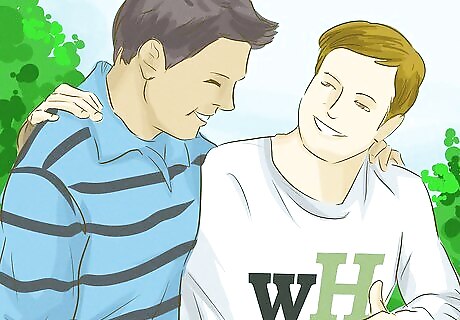
Remember that autistic people are listening to you. Some autistics may not speak, but they understand everything that is going on, even when they seem to be "elsewhere" (that may be when they are paying the most attention). Autism doesn't mean nothing gets through: it means everything gets through. Nonspeaking autistic people have the same capacity as speaking people for absorbing language in passive vocabulary—they understand all or most of what is said. Never talk about an autistic person as if they're not there. It's dehumanizing and objectifying. Ask yourself—if an autistic person heard or read what you had to say, how would they feel? Think carefully about it. There will be autistic people in the audience, and they deserve to feel valued and loved.
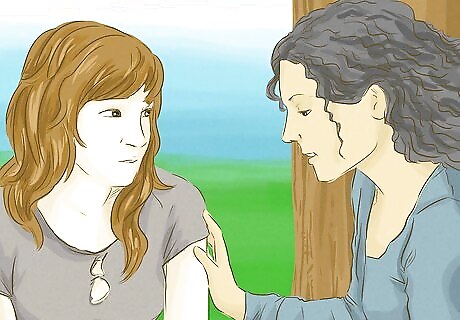
Encourage autistic people to love themselves. With the high suicide rates and barrage of hate speech, autistic people can have low-self esteem. Show that you support autistic pride, and that you value neurodiversity. This will help autistic people feel welcomed and loved.
















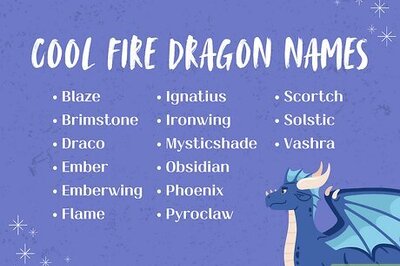



Comments
0 comment